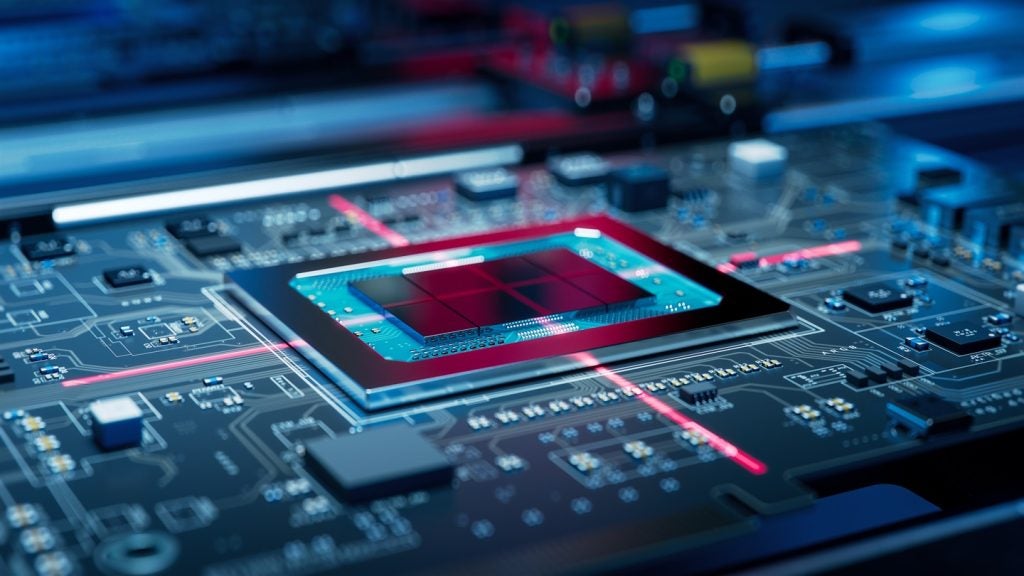Innoviz Technologies has been granted a patent for a LIDAR system that uses laser light beams to create a field of view. The system projects at least two laser light beams simultaneously, with each beam having an energy density below the eye safe level. However, the total combined energy density of the beams is above the eye safe level. The beams are separated by an angular spacing of 2.5 mrad to 6 mrad. GlobalData’s report on Innoviz Technologies gives a 360-degree view of the company including its patenting strategy. Buy the report here.
According to GlobalData’s company profile on Innoviz Technologies, Lidar-guided object detection was a key innovation area identified from patents. Innoviz Technologies's grant share as of September 2023 was 23%. Grant share is based on the ratio of number of grants to total number of patents.
Patent granted for a lidar system with eye-safe laser beams
A recently granted patent (Publication Number: US11726181B2) describes a LIDAR system that utilizes multiple laser light beams to enhance its performance. The system includes a laser light projection system that simultaneously projects at least two laser light beams towards the field of view. The total combined energy density of these beams is above the eye safe level, but the system ensures that the amount of energy absorbed by the eye in the field of view remains below the eye safe level.
The patent also details the use of a monolithic laser array in the laser light projection system. Each of the laser light beams is generated by a different active region of the monolithic laser array. The monolithic laser array consists of multiple active laser emitting regions separated by non-laser emitting inactive regions. The number of active laser emitting regions can range from 4 to 32, with widths between 25 µm and 500 µm. The overall length of the monolithic laser array can range from 0.5 mm to 20 mm.
The deflector in the system can be a two-dimensional light deflector or a combination of two one-dimensional light deflectors rotating in different directions. The deflector separates the laser light beams by an angular spacing of 5 mrad to 10 mrad. The beams can also be projected through a shared collimator.
The LIDAR system includes a monolithic detector array to receive reflections of the laser light beams from the field of view. The number of pixels in the monolithic detector array is either greater than or equal to the number of beams included in the laser light beams.
The predetermined time period for integrating the energy density of the laser light beams is about 625 microseconds.
This patented LIDAR system offers a solution for enhancing the performance of LIDAR technology by utilizing multiple laser light beams. The use of a monolithic laser array and a deflector allows for precise control and separation of the laser beams. The system ensures that the energy absorbed by the eye in the field of view remains below the eye safe level. The inclusion of a monolithic detector array enables accurate detection and analysis of reflections from the field of view. Overall, this patented technology has the potential to improve the capabilities and safety of LIDAR systems in various applications.
To know more about GlobalData’s detailed insights on Innoviz Technologies, buy the report here.
Data Insights
From

The gold standard of business intelligence.
Blending expert knowledge with cutting-edge technology, GlobalData’s unrivalled proprietary data will enable you to decode what’s happening in your market. You can make better informed decisions and gain a future-proof advantage over your competitors.







